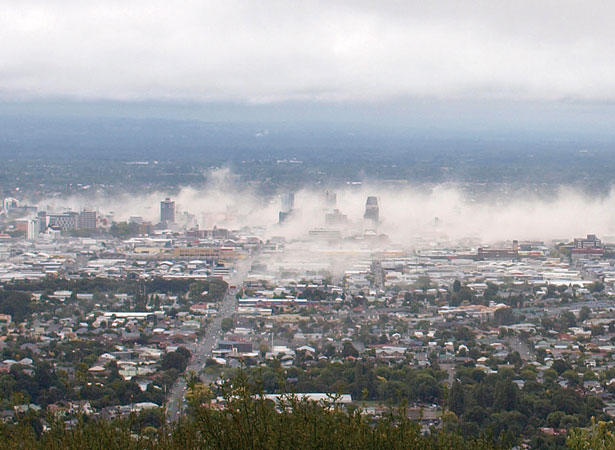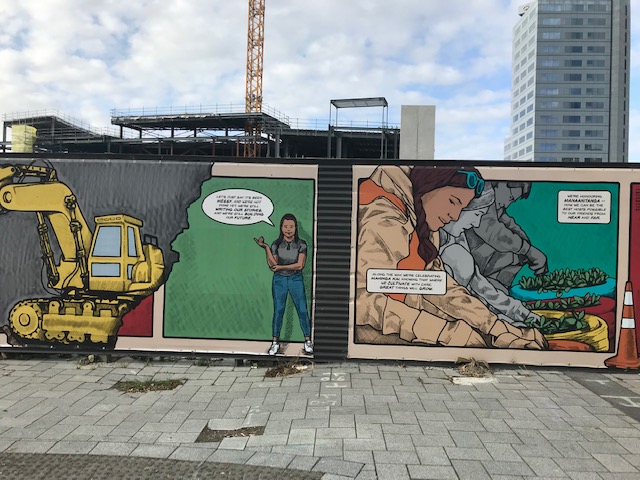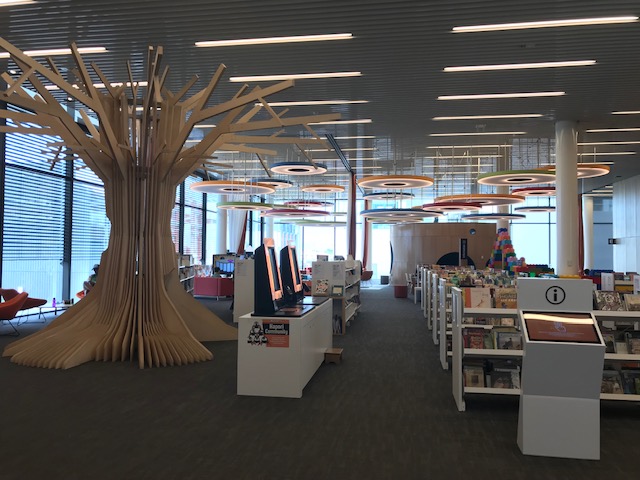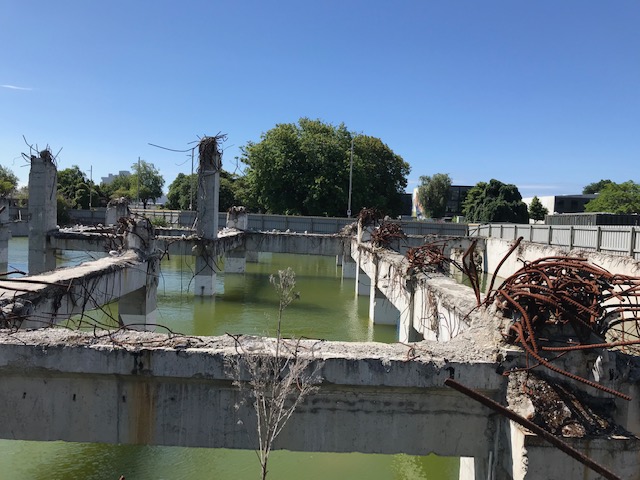
Sometimes it comes on us with a screech and a slam, and sometimes it is so subtle we hardly notice the signs at the time. Sometimes it’s more like sloughing off skin cells or getting a haircut, and sometimes it’s more like third degree burns, or losing a limb. Sometimes we yearn for it and other times we view it with incapacitating dread. But whatever forms it takes, the need for reinvention is one of the facts of life.
I didn’t know it at the time, but living in a different place at age 12, 13, 14, and 15 was one of the best things that ever happened to me. My father was a physicist so out of sync with the military-industrial buildup of the Cold War that he roamed from job to job for a few years, thinking each change would be more rewarding. Finally he called a time-out and took a job he didn’t like much, but in a place where my sister and I could have a more stable life and attend a world-class high school.
I began this peripatetic life as an obese 7th grader with poor personal grooming and no particular social skills, and reinvented myself once, twice, three times, as puberty and a growth spurt took care of much of my baby fat. I discovered cosmetics (and boys) and the importance of washing my hair, and ended up looking pretty good by the time I was out of high school.
I reinvented myself in an important way by ditching my childhood name, Laurie, when I went off to grad school at the University of Chicago. Not a soul knew me by that name, and I was certain it was the best chance I would ever get to add that little bit of adulthood to my life.
Life had dealt me a few major blows I could not have survived if I didn’t reinvent myself as a person who could handle such things. Just as Rodgers and Hammerstein promised, after a while those happy tunes we whistle become who we really are. Now I am so enamored of change and reinvention that I honestly don’t know how I will ever manage to sit still again.
I found myself thinking about such things in Christchurch, New Zealand today, as I roamed around a city that less than a decade ago was pretty close to leveled by two major earthquakes and thousands of aftershocks. The image at the top of this post is not of mist or fog ; it is the clouds of dust and debris raised as a city is being destroyed.
Socrates, through his pupil Plato, believed that society was “the soul writ large.” By this he meant that the same forces, for good or bad, that drove individuals, played out in the strengths and weaknesses of the entire human community. What tamed the indidual, or drove him or her mad, could be seen everywhere from the marketplace to the palace…and in a leveled city.
What did Christchurch do? It asked, “how can we make us better?” What shortcomings could this disaster be an opportunity to solve? How can we come out stronger, better equipped for the future? What are we prepared to move on from, and what do we want to keep? The construction fence on the Cathedral Square reconstruction site is full of inspirations like the ones in this photo.

Among these reflections was the realization that this gave the city a new chance to do a better job than colonials had, of acknowledging and embracing the indigenous people of the region. Ngai Tahu, the local Maori group, were integrally involved. Many new buildings incorporate indigenous designs and have indigenous names. The library, one image shown below, is called Turanga, a name that embodies holiness. Balconies and other outlooks are situated to look out on places in the landscape beyond the city that are sacred to them. The exterior and interior evoke indigenous art and themes.

Christchurch’s idea of recovery was not just to rebuild everything the way it was , or settle for utilitarian buildings just to get it done.. Some buildings are being restored, or will be when the millions can be found to do it, but the overall feel of much of Christchurch is very hip, very modern, very colorful, a bit edgy, but very now. And some of the best things incorporate both—an artisans’ collective inside a historic building, for example. And some things, like the foundations and tangle of rebar in the image below, are deliberately left as rubble, in the process of becoming a haunting form of art.
I like this place. It feels fresh and new, even amid the large spaces that haven’t gotten much beyond clearing out the rubble. Most of these are ever so practically used as parking lots. But underneath the ground, the new buildings and restored old ones have deeper foundations and state-of-the-art engineering to enable them to move with the earth without unbalancing the building above. The best lesson of all when it comes to reinvention—grow stronger from your mistakes— applies equally to the soul of an individual or a city.

